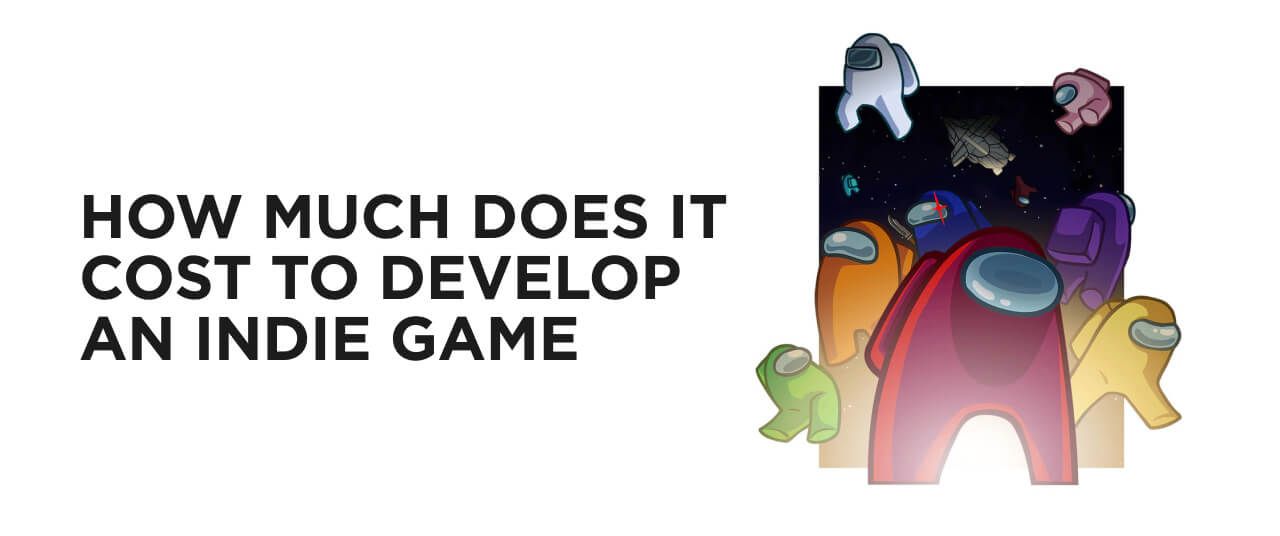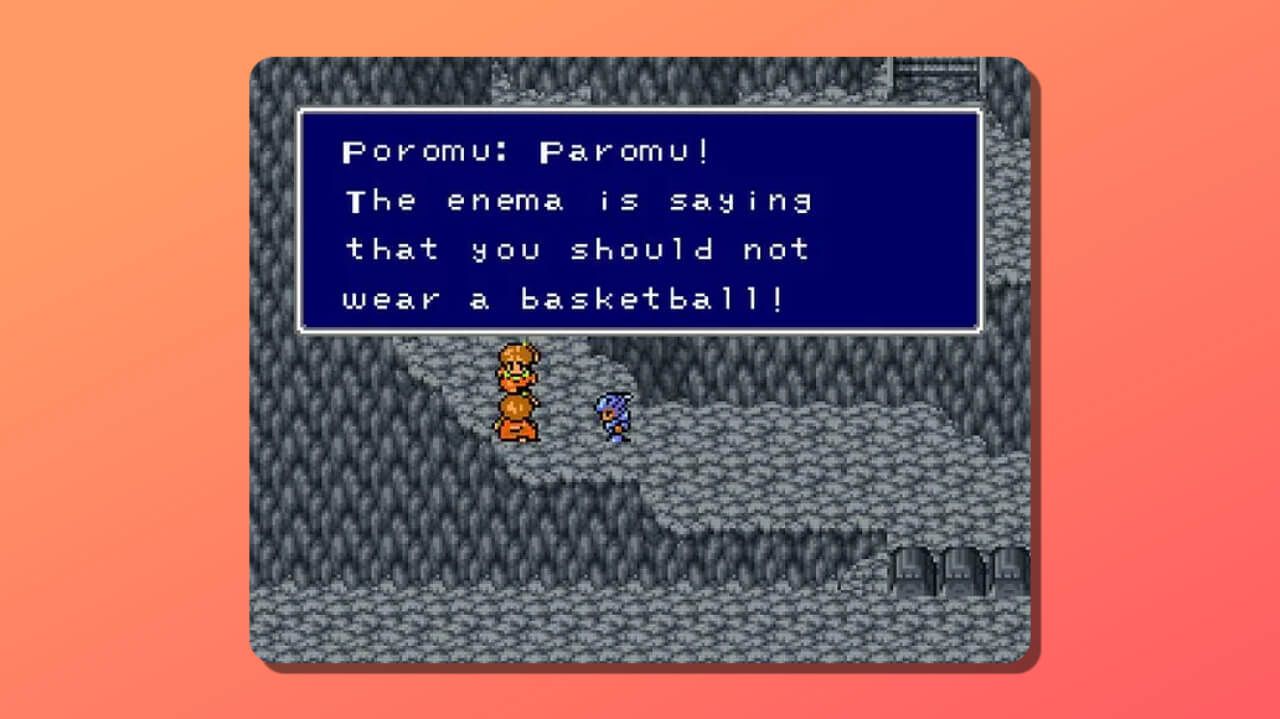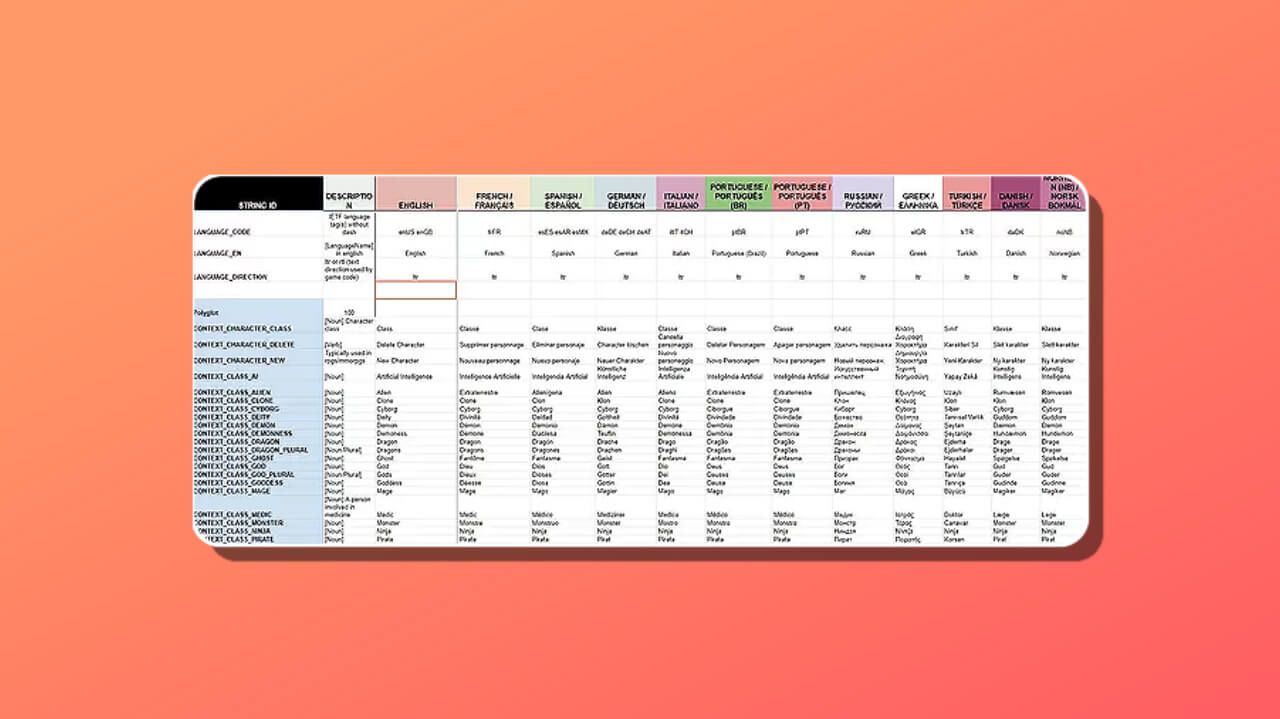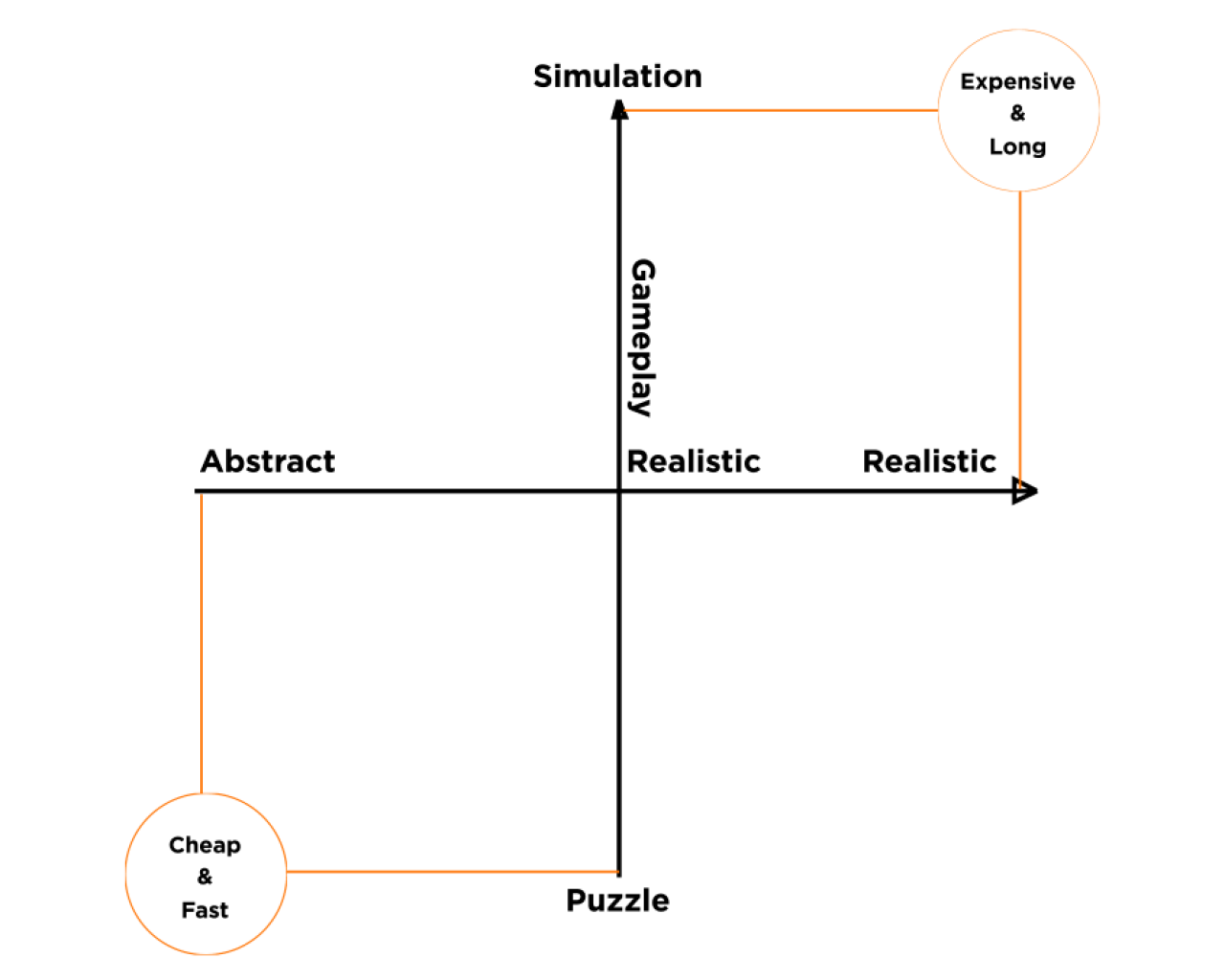How Much Does It Cost to Develop an Indie Game?

Let’s say you own an indie studio and just earned some money on Kickstarter to develop a game that looks similar to Shovel Knight. Sound easy?
However, you need at least five people to create a game such as this: a designer, a game developer, a sound designer, an artist, and a tester. The total budget should be at least $330,000. Now, does it sound ambitious? That is just the beginning.
Let’s do some math to see how we got that budget number!
Here’s What We’ll Cover
How Much Does It Cost to Make an Indie Game?
The cost of releasing an indie game varies from $50,000 to more than $750,000.
The bottom $50,000 is the total cost of work of one developer, on average, for one year. As the number of employees increases, the cost also increases. For example, the cost of a team of 5 people working on a game for two years will range from $250,000 to $500,000.
However, keep in mind that this amount does not include costs of testing, marketing, PR, and other elements that can help make a game successful. Thus, you can add another $250,000 for these extra components that you think are essential for the game’s success. The success of the game could help pay back those costs in the long run.
Additionally, the cost of these extras will vary depending on the number of platforms the game is being developed for, the availability of single or multiplayer modes, the marketing plan, the name recognition of the studio, and so on.
What Goes into Pricing an Indie Game?
The Salary for an Indie Development Team
Like other games, an indie game cannot be created without a team. Usually, each member of an indie team is proficient in multiple areas, but there are core members who are necessary for any game to be developed:
Game Designer
A game designer’s job is similar to that of a creative director in the movie business: they should generate expressive and innovative concepts and lead a team to translate these into visual content. Many of the game designer’s responsibilities can be delegated to other team members, but they should be able to envision and catalyze the overall concept of the game.
Additionally, it is essential for the game designer to create and maintain a game design document, which will spell out the main points of the game’s ideas, goals, and style.
Salary: $66,000 per year
Artist
Artists work closely with programmers and designers to create the visual component of the game. They ensure that the content they create meets technical requirements and creates an overall positive game experience. A more complex game may require more artists to be hired.
Salary: $58,000 per year
Game Developer
A game developer is the programmer engaged in the development of the code base and game mechanisms. Note, that an indie programmer is usually not only involved in the coding process, but also takes responsibility for debugging and beta testing.
The number of programmers needed for a project depends on the size and scope of a project. Many indie games, for instance, were developed by just one programmer.
Salary: $84,000 per year
Sound Engineer
Sound engineers are responsible for creating the sound effects and music for a game. For example, someone who has already created chiptune music for other games may be helpful to hire, if this style of music suits your game, too.
As a rule, music and sound should make up 5-15% of a project’s total budget. Thus, if the game’s budget is $100,000, the budget for music and sound will range from $5,000 to $15,000. Of course, ready-made sounds from a soundbank can also be used, which may come at a cheaper price. Usually, the charge varies, up to $500. Some free resources also exist for game developers to use:
Salary: $53,000 per year
Tester
Quality assurance (QA) engineers carry out functional, regression, security, and performance testing. They ensure that user requirements are met and bugs are fixed before the game deployment to a general audience.
In most cases, this role can be performed by a programmer or project manager. However, this can sometimes be a mistake. Imagine, for example, that you spent a considerable sum to develop a game that doesn’t run on the version of an Android device that is used by 30% of users.
Salary: $45,045 per year
Other Roles
Writer
There is nothing worse than an indie game with typos in the text, unnatural dialogues, or a boring plot—even if its gameplay looks beautiful. Any team member can be a writer. If the game will include a lot of dialogue, it would be best to have someone proofread it before releasing it.
Salary: $49,341 per year
Project Manager
Often, indie developers do not meet deadlines because they do not have a manager or a person to coordinate the work effectively.
A project manager’s responsibility is to make sure that the team works efficiently and meets established deadlines and budgets. They can also help streamline the process and ensure that new team members are quickly oriented to the project timeline.
Salary: $88,810 per year
In total, the monthly salary costs for the development team will likely amount to about $30,000, possibly totaling more than $380,000 per year.
Note, multiple roles may be able to be performed by one person. For example, a programmer may be good at testing, and an indie game designer may also work with art and animation. This would help cut costs and would lessen the need for more team members. However, it could also increase the workload of a single person, meaning that the development could take longer.
Software and Data Needed for Indie Game Development
You may decide to save time by using paid software for game development, especially for creating game graphics and sounds. Or, a team can opt for free and open-source software for game development instead. Some options for free, quality software to consider include:
- Blender for 3D modeling and animation
- GIMP for creating and editing images and graphics
- Audacity for sound editing and recording software
For game engines, Unity requires no royalties for personal use. However, this option is only available to users earning less than $100,000 in revenue or funding in the most recent 12-month period. The pro version of Unity for companies costs $150 per user per month.
In addition, users also need a license to use the store or platform, and which costs extra. Sometimes, game development requires third-party services such as Google Maps, or multiplayer services like Firebase or Photon. These services require additional costs.
The total cost of such additions can significantly affect a game development budget. The total cost of game development software would likely be between $900 to $11,000.
Intellectual Property and Rights
Do you want to develop a game that makes use of a particular character, such as Batman or Spider-Man? Well, licensed characters cannot be used in a game without purchasing the relevant intellectual property. The same goes for the use of celebrity voices, brands, and other copyrighted assets.
However, keep in mind that copyright laws do not protect certain elements of games, such as rules, plots, basic mechanics, and other basic concepts.
Suitable Equipment for Development and Content Creation
For development and content creation, a development team will need access to suitable equipment for developing and testing, such as a Nintendo Switch, a Microsoft HoloLens, a motion tracking system, or a recording studio.
Also note that the more complex the game is and the more content it contains, the more resources and time will be needed.
Pricing a Foundational Indie Game Marketing Plan
The bad news about creating an indie game is that name recognition will be difficult but necessary to establish. It’s possible that as a new development team, no one knows who you are. This requires establishing a reputation from scratch, which can take a lot of time.
The good news is that since no one knows who you are, you can try all manners of promotion and experimentation.
However, at least 6 marketing activities should accompany the launch of an indie game: branding, a trailer, a website, social media content, a developer’s blog, and public relations.
Branding
Branding includes the logo, colors, fonts, typography, patterns, key elements, and any special character or environmental images that characterize the game and make it memorable for potential players.
This frequently takes about two weeks to complete and must be developed for consistency across all platforms. In-house work would cost about $7,000, and outsourcing the work would cost roughly the same amount.
Trailer
Creating a trailer requires careful work and concentration. It involves planning, narration, capturing the right shots, effects, animation, and sound design—it’s not something the team can pull together in a day using an app.
It takes at least one full week to create a memorable, impressive trailer. Professional trailers require even more than a week to make. Doing it yourself will cost about $4,000, and outsourcing might cost less, depending on the level of production that goes into it.
Website
There are many ways to create a website. One of the most common scenarios is $10 per month hosting, free WordPress installation, and a $50 theme purchase.
Creating a basic website takes about 2 weeks and can cost around $7,000, but possibly less if the process is outsourced.
Social Media
Using social media means creating profiles on the major free social networking sites and using them effectively to market and promote the game throughout its development. Starting a social media account and campaign is easy and free, but achieving success is tricky. To gain at least 5,000 subscribers, you should work about 10 hours a week for 3 months before launch, and stick to the social networks most suitable for your game.
Social media work takes at least 3 months and will cost about $11,000, and probably less if you outsource it.
Developer’s Blog
Running a successful developer’s blog means dedicating a full day per week to researching, writing posts, and promoting them. You can also make a concept plan to gain interest and make the most impact.
Creating a developer’s blog will take at least 3 months and will cost about $9,000, and less if you outsource it.
Public Relations
PR activity means contacting game websites and game reviewers, as well as adding your game to directories. This work involves creating a list of targeted outlets, compiling a press kit, and sending hundreds of emails with follow-up and correspondence.
PR takes a full 3 months, costs about $9,000, and is roughly the same cost if you outsource it.
Game Localization
Game localization is one key to reaching a wider audience. However, the cost of game localization varies widely—as does the quality. The main options on the market include:
Free Game Localization
- Google Translate API. This option involves using software to connect Google Translate to the game engine to create translated text from there. However, Google’s artificial intelligence sometimes struggles to understand context, which means it can make weird choices about wording and sentence structure.

- Common Game Translations. This is an open-source initiative that includes game-related terms localized in 25 languages. This is a quite simple spreadsheet with common words that users may encounter in games. You should use this option with caution.
- Polyglot. Polyglot is another open-source spreadsheet project that provides a context for each game line. This is the most important parameter of any localization project. The spreadsheet is well-suited for very basic games.

- Fan translation and crowdsourcing. Online translation platforms such as Crowdin are designed specifically for such projects. However, be aware of the risks associated with crowdsourcing, and keep in mind that only you will ultimately be responsible for the result. Bear in mind that fan translators do not need to complete a project or check the quality of their work.
Affordable Generalist Translation Agencies
Such agencies are the cheapest option for reliable translations. However, they are not the best bet, because they often compromise on quality.
For example, it is possible to end up with a lack of uniformity in terms of both style and quality. Additionally, localization may cost even more if some parts need to be reworked.
Freelance Game Translators
Professional freelance game translators usually do higher quality work than agencies. In addition, they are frequently a less expensive alternative. However, note that finding suitable translators and coordinating with them can be time-consuming. Several sites offer access to freelance translators, including:
- The Open Mic
- ProZ.com
- TranslatorsCafé
- Indie Game Localization Facebook Group
- Specialized game localization teams
Because these teams are specialized and experienced in a niche related to the game industry, you receive the highest quality translation possible by translators who are familiar with the vocabulary needed in games. However, note that this will likely be the most expensive option of all.
Digital Distribution
Selling games on Steam costs $139 per game. Additionally, Steam takes a 30% share of all game sales through its platform. In total, the approximate monthly cost of setting up a game company will be $47,000.
Exponential Cost Growth of the Game
The game development process can take anywhere from one month to several years. Therefore, to estimate the approximate expected cost of a project, you should calculate the sum of the cost of the development team, plus the cost of rights, devices, software, and marketing. Thus, as requirements and team size grow, keep in mind that project costs skyrocket.
Type of Team
You have 3 main options for the type of team you may wish to establish: hire a software development company, hire freelancers, or recruit an in-house team. Your choice will depend mainly on your requirements and, of course, on your budget.
For example, a small game may only require one or two programmers. As a developer, you can even write it yourself or hire a freelancer to work with. However, the bigger the game, the more workforce will be required. When the team grows to more than five people, you’ll likely need to hire a distributed team to keep the development organized and on track.
Game Design
If the game is basic, the team can discuss game mechanics, levels, and features in meetings, without much need for formalization. As the game grows, however, the team will need proper documentation to ensure that all team members are following the same protocol and working toward the same goals. At that point, you will need to hire a dedicated game designer and consider other options to keep everyone on the same page.
Service Integration
Integration of a single plugin for a mobile platform can take 30 minutes. In some cases, plugins are not compatible, and connecting them can take several days—hence, you will pay additional costs for this.
Quantity and Quality of Graphics
As the size and number of game graphics increases, so does the need to optimize them. The same is true of graphics quality. If high-quality graphics are required, then complex optimization techniques should be used on the target platform. This requires more time and money.
Server Scaling
To implement basic functionality, game development can use a simple server or ready-made solution such as PhotonNetwork or GameSpark. If more space is needed, you may be better off managing your own custom server and providing for scalability.
Examples of the Relationship between Cost and Complexity
When you start making games, it may be difficult to accurately estimate the cost of production. However, the amount ultimately depends on your own decisions about what elements of the game design are most valuable. Below is a list of just a few of the aspects that influence the overall production cost estimate, even for self-developed games.
- Supported platforms: mobile, PC, consoles
- Type of game: solo, multiplayer
- Visual art: abstract, realistic
- Sound design: basic, complete
- Game modes: few, many
- Features: basic, moderate

Note that every additional detail of the game concept could add weeks or even months of development, as well as adding to the total cost. However, it will be for you to decide which aspects are the most needed for a successful game.
Examples of Successful Indie Video Games
Among Us
Among Us is a multiplayer PC and mobile game that became one of the hit video games of 2020. Among Us was downloaded nearly 42 million times on Steam just in the first half of September, and it was downloaded nearly 84 million times on iOS and Android that month.
Five Nights at Freddy’s
Created in 2014, this game quickly gained popularity due to its mysterious story and unexpected plots. The game attracted so much attention that it became the basis for the creation of sequels, numerous spin-offs and fan games, a book series, merchandise, and even a movie adaptation.
Cuphead
This carefully crafted marvel began its run in 2017, selling over 6 million copies in just three short years.
Studio MDHR set the game animation at 24 frames per second—just as it was in the 1930s, like the cartoons that inspired the game—while the game runs at a sparkling 60 frames per second to ensure responsive gameplay. Additionally, the developers adopted Unity’s out-of-the-box features such as the Sprite Renderer, Sprite Packer, 2D Physics, and particle effects to ensure that Cuphead’s stunning results were a sure bet.
Shovel Knight
Shovel Knight is a 2D side-scrolling platform game. The game features 8-bit graphics designed to resemble classic video games. The color scheme used adheres to the Nintendo Entertainment System’s first color palette, and it includes modern visual touches such as parallax scrolling. The player controls the eponymous Shovel Knight character, who wields a sharpened spade that is used to attack enemies, destroy barriers, and dig up treasures. The development of this game was crowdfunded, which helped it generate attention far before the game was launched.
Hollow Knight
Hollow Knight is a classically styled 2D action adventure across a vast, interconnected world. It was released for Microsoft Windows, MacOS, and Linux in 2017. A console port was released in 2018, allowing the game to also be played on PlayStation 4, Xbox One, and Nintendo Switch.
Hollow Knight was developed as the result of a successful crowdfunding project on Kickstarter that raised a total of $42,512 in just a month.
Rocket League
Rocket League is a vehicular soccer video game developed and published by Psyonix. After going free-to-play in 2020, Rocket League has become one of the staples of the gaming industry.
Full development of Rocket League started around 2013 and took around two years and under $2 million to develop, though the team had tested various prototypes of a Battle Cars sequel in the years prior.
Minecraft
Minecraft has come a long way since its indie origins. Officially released in 2011, the sandbox game quickly became popular. In 2014, Microsoft bought its developer, Mojang Studios, for $2.5 billion.
Minecraft has no flashy visuals or large-scale action sequences. But even today, it remains a titan of the gaming industry. It remains one of the best-selling video games, with more than 200 million copies sold across all platforms.
Turn a Hobby into Great Income with VironIT
Indie game development is an incredible and unlimited space, where any of your maddest and brightest ideas can come true. You may encounter certain obstacles throughout the development process, but most importantly: don’t stop, and keep moving ahead.
Here at VironIT, we can take your project idea and assign it to our experienced project managers. We’ll define the timeframes for your project and ensure that it runs according to plan. We also know from experience how to speed up game development without sacrificing product quality. For more information, check out our case studies for completed projects, or visit our contact page.




